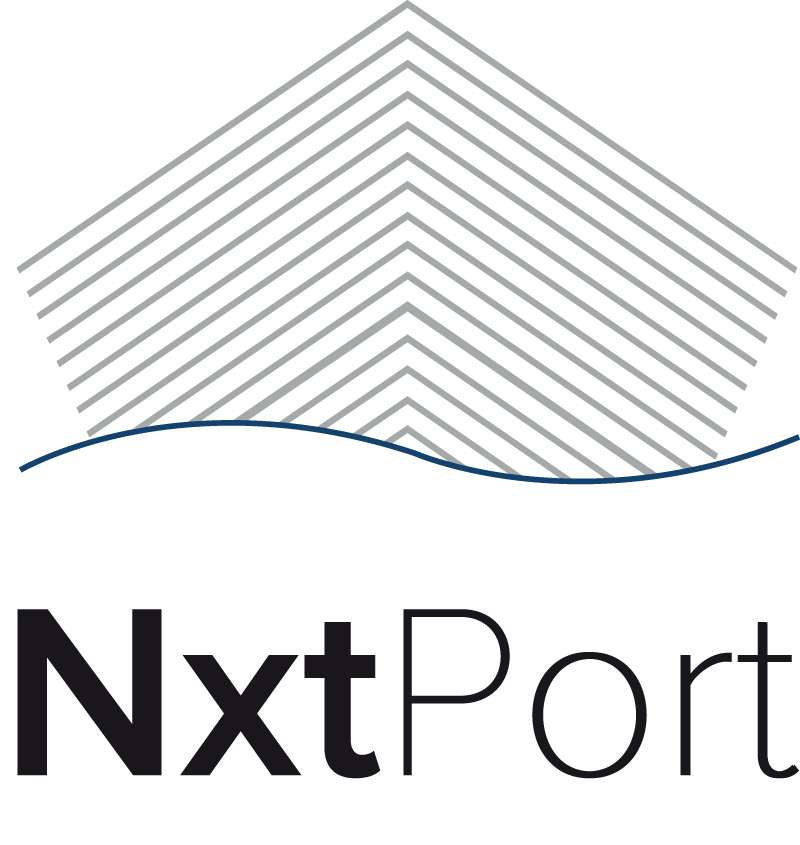CPu for Terminal Operators
When an import container is commercially released, a Shipping Agent typically sends a PIN code to the Terminal and shares this code with the next party in the release chain (e.g. Forwarder, Transport Company, BCO,…). This code, which is required to be granted access to the terminal and release the container, is distributed further in the supply chain until a party, which knows the PIN code, claims the container for pick up at the terminal.
By using the Certified Pick up platform, a Shipping Agent will not create and distribute a PIN code to the Terminal, increasing the security of the release chain. Instead, the Shipping Agent sends the commercial release information towards the Certified Pick up platform, which vouches for a secure transfer of the “Release Right” until it is assigned to an entitled transporter to pick up the container at the terminal. The code to release the container will be sent via a secured and audited communication channel towards the Terminal.
While all parties involved in the container import flow will be prompted to give release information, only two parties are considered to be “data providers”. These entities, being Shipping Agents and Terminal Operators, need to give their approval before a container can be picked up.
To participate in CPu as a Terminal Operator, CPu requires you to provide the following actions / functions / transactions:
Discharge of a container (COARRI Discharge)
Gate in and Gate Out movements of the containers (CODECO messages)
Terminal Release confirmation
In CPu, a Terminal Operator:
provides crucial information that is required to release the container from the terminal: the Terminal Release. It covers:
the container is physically available on the terminal (it has been discharged from the vessel);
the container is not blocked by any physical constraints (e.g. damage, ...).
Besides providing those data elements to facilitate the data sharing process, the Terminal Operator can perform the following actions:
Validate Pick-Up Right;
Validate Alfapass;
Check container status.
You will receive updates through notifications on the following actions:
A commercial release right message from CPu platform when the Ship Agent has submitted it to the platform.
Please note that with CPu, the final responsibility to let a container leave the terminal will remain with the Terminal Operator.
The Terminal Operator can always overrule CPu and decide to release a blocked container.
Integrate CPu into your own software using the API
CPu is designed as an API-first product, to ensure maximum stability and performance.
The use of API integration is mandatory for Terminal Operators. We recommend you to start by reading Getting Started with the API integration .
Using the CPu User Interface
The User Interface for Terminal Operators is fairly limited, as all integrations and actions need to be done by API.
The link can be found in the upper right corner of this page.
Choosing the correct role for individual users
Roles within CPu are granted to a company and assigned on user level. This means that upon first subscription to CPu, the company administrator must give access and one or multiple roles (subset of the company roles) to the individual users of the company, once the company roles have been granted.
For example, your company has both a forwarding and a transport division, but as admin you don’t want employees from one division accessing the CPu application of the other. In C-point this would reflect as your company having both Transport Operator & Release Party roles, but individual users having only one role. See How to check and assign user roles in C-point? for the tutorial.
Need any further assistance?
